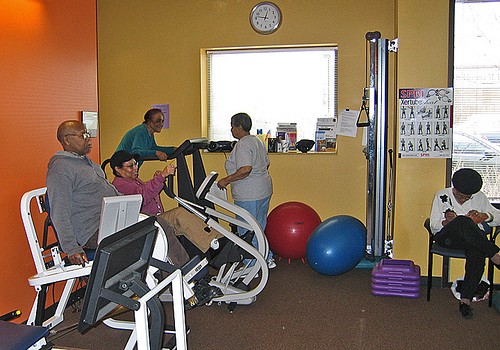
The Myths and the Facts of Exercise and Aging: It's Never Too Late to Start
For too long, we've been expected to believe that loss of muscle mass, bone density and even basic mobility are just 'part of aging.' The truth is that, of course, you'll never be at 70 what you were at 20; but you can continue to be healthy and active, and appropriate exercise can make unexpectedly large improvements to your quality of life and to your mental and physical health. The idea that weightlifting, competitive sports or big events like marathons are out of bounds for the over-60s is also long overdue for dismissal, as we'll see in this slideshow.
- Important notification about information and brand names used in this slideshow!
- Photo courtesy of Brett VA by Flickr : www.flickr.com/photos/smart_growth/2454459443/
- www.nhs.uk/Tools/Pages/Exercises-for-older-people.aspx
- http://www.eldergym.com/exercises-for-the-elderly.html
- http://www.helpguide.org/life/senior_fitness_sports.htm
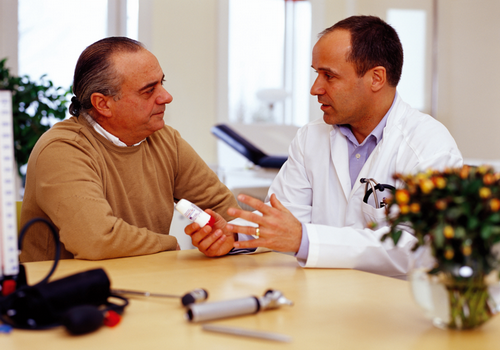
Consult Your Doctor Before You Start an Exercise Program
Before beginning a program of exercise, consult your doctor. Commercial exercise products all come with this warning on the side, for a reason. Your doctor might know things about your blood pressure, joint health or other health related issues that you don't; a thorough physical is a good place to start and what you lean might alter the decisions you make about how to train. You might choose not to believe your doctor; doctors don't know everything and they're sometimes wrong, especially in the advice they give as regards exercise. But at least you'll have the information they've given you to factor into your plans.
- Important notification about information and brand names used in this slideshow!
- Photo courtesy of Jorgejesus4 by Wikimedia Commons : en.wikipedia.org/wiki/File:Relaci%C3%B3n_M%C3%A9dico_Paciente.png
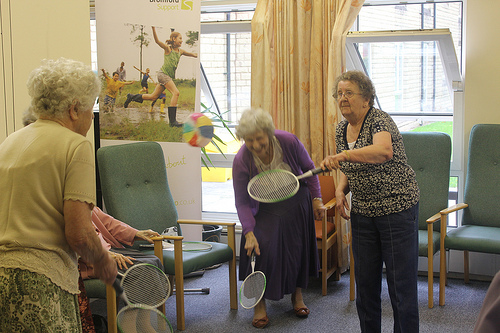
Set Your Goals and Start Off Slow
Setting goals is important. But think of it like a road map. You might want to drive to Virginia from Washington state - but that's a long trip. You'd plan out some stops along the way and use local landmarks to gauge your progress. you wouldn't quit at nightfall on the first day if you couldn't smell the frost on cotton leaves, and in the same way, setting a long term goal should entail setting out monthly and weekly goals as well as yearly or longer. Don't think you have to stick rigidly to a schedule - adapt to the pace you can improve at, but always have something to aim for. The least successful method is to have no goal at all - that's like setting out for a drive with no idea of your destination!
- Important notification about information and brand names used in this slideshow!
- Photo courtesy of BromfordGroup by Flickr : www.flickr.com/photos/bromfordgroup/10039497704/
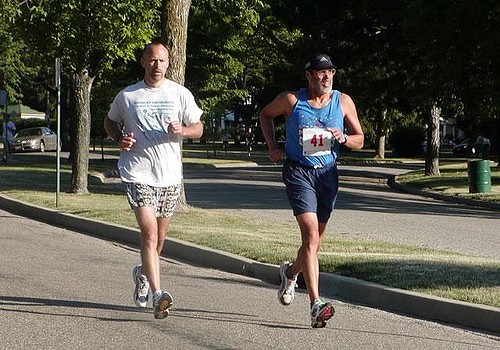
Cardio Exercise Helps Lay A Foundation of Fitness
Cardio exercises are important for elderly people, who may be coming from a position where they haven't exercised in some time. Cardio might be required to build a basic level of fitness before other pursuits can be successfully attempted and even brisk walking can have impressive results for some people who have been completely sedentary hitherto. Meanwhile, more intense cardio can begin the process of improving your metabolic foundation and building up your endocrine system, helping you gain the fitness you'll need to attempt other pursuits. Activities like walking and hiking can be social and enjoyable for their own sake as well as being good exercise
- Important notification about information and brand names used in this slideshow!
- Photo courtesy of midwestnerd by Flickr : www.flickr.com/photos/20553990@N06/6865613414/
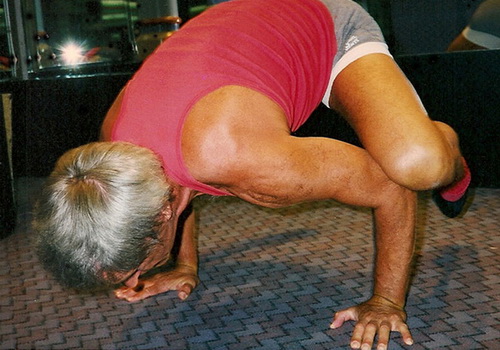
Strength and Power Training Will Protect You Against Injury
Strength and power training will make you healthier, more mobile, improve your heart health and make you feel more relaxed, as well as helping protect you against falls and trips. While many elders are losing bone density you can stop or even reverse this process, meaning that you won't hurt yourself so much when or if you fall, and at the same time your balance will get better and you'll be less likely to fall in the first place. It's a good idea to see a coach with experience in teaching seniors to get some guidelines for how to do appropriate strength and power training - red up around the subject too.
- Important notification about information and brand names used in this slideshow!
- Photo courtesy of Shustov by Wikimedia Commons: commons.wikimedia.org/wiki/File:UPSTREAM_FITNESS-3.jpg
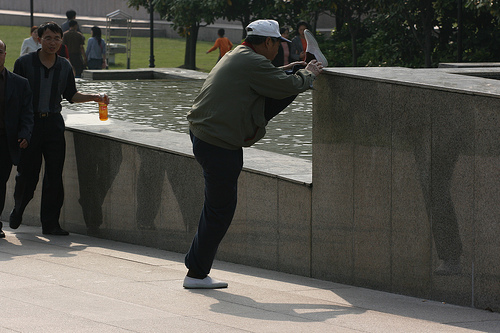
Flexibility is Important to Keep Your Joints Safe
Flexibility need not mean being able to put your leg above your head - though if you can, go ahead! Most of us really need mobility, not flexibility, and an increased range of motion comes free with many activities. A basic mobility program will help fill in the gaps, though, and it's a good idea to get good enough at mobility work that you're not keeping some joints dangerously tight and taking in the slack by having others dangerously loose. Popular mobility-based exercise systems include yoga and pilates, but there are often trainers and coaches who can help you at commercial gyms too.
- Important notification about information and brand names used in this slideshow!
- Photo courtesy of Christopher by Flickr : www.flickr.com/photos/qilin/491331804/
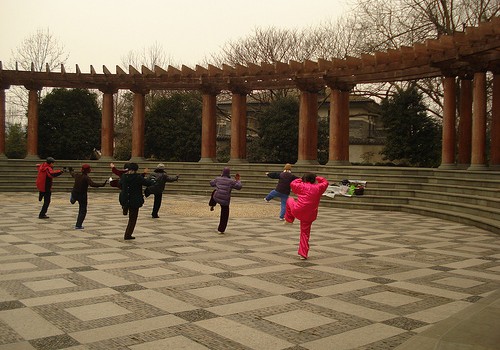
Balance is a Vital Component of Fitness for Older People
Balance is a major part of good health. As we get older, we experience a decline in muscle mass and bone density, and both sexes produce less of hormones like elastin and relaxin that make tissues more elastic and pliable. Consequently, a fall is more likely to result in an injury and therefore it's even more important to develop good balance. Any activity or pursuit than involves improving your proprioception - your body's sense of where all its parts are - will improve your balance. Tai Chi will help with this, but so will cricket or hiking. Don't feel constrained, but if your balance is a major issue you can learn and practice a few simple balance exercises.
- Important notification about information and brand names used in this slideshow!
- Photo courtesy of David Kite by Flickr : www.flickr.com/photos/dkite/5270269830/
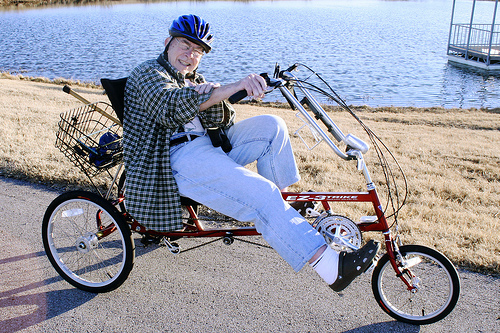
Leading an Active Life Can Give Many of the Benefits of Exercise
Leading a generally active life is one of the most forgotten and most useful pearls of wisdom when it comes to improving your quality of life. When you can walk, or cycle, do it as transport. Don't exercise during a short period of time three days a week and spend the rest of your time slumped in front of the TV; gardening and even energetic housework can all result in extra calories burned, increased insulin sensitivity and more synovial fluid pumped into the joints, protecting their surfaces from damage. Leading a mentally active life is important too - have goals and plans and chase them as if they matter: they do.
- Important notification about information and brand names used in this slideshow!
- Photo courtesy of woodleywonderworks by Flickr : www.flickr.com/photos/wwworks/3156953088/
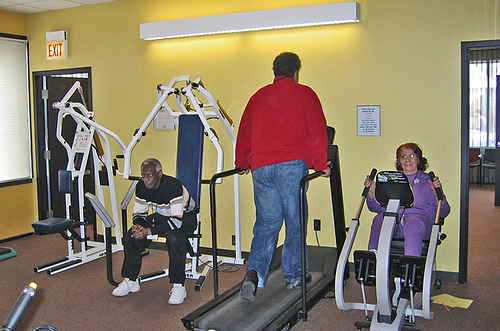
Safety Guidelines and Precautions for Exercise
Beginning exercise after a long period of being inactive is fraught with risk. If you used to be active and then stopped for a long tie, you might feel like going back in the way you used to when you were younger. And older people can train intensively and get good results, no-one disputes that: but you can't do things at 70 the way you did at 20 and get anything but a litany of nagging injuries that will finally add up to a doctor's visit one day. You'll need to pace yourself, to look for gradual improvement, to concentrate on form and technique in exercises and use your own fatigue as a guide when doing social exercise like hiking. Of course, everyone else should be doing that too...
- Important notification about information and brand names used in this slideshow!
- Photo courtesy of Brett VA by Flickr : www.flickr.com/photos/smart_growth/2455248380/
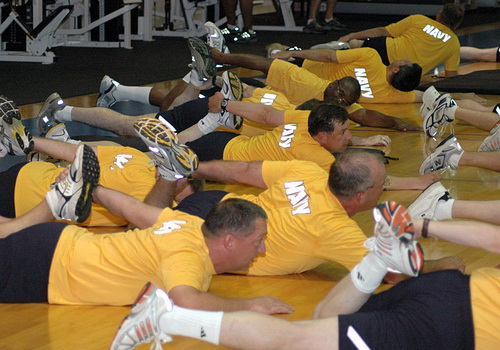
Stretching and Rotation Exercises Improve Posture and Make Training Safer
Rotation and stretching make good warmup exercises and they can help prevent joints from seizing up,especially in the back and hips where the joints are complex and there's a lot of soft tissue involved. Build them into activities like walking, doing them during rest stops on steep hills if you're hiking, or do them after getting up and before going to bed so that you get the benefits without having to devote too much time to them. Stretching exercises alone can help improve your resistance to falls and also help reduce the likelihood or a muscle tear or strain.
- Important notification about information and brand names used in this slideshow!
- Photo courtesy of U.S. Navy photo by Mass Communication Specialist Second Class D. Keith Simmons by Wikimedia Commons : commons.wikimedia.org/wiki/File:US_Navy_070627-N-8053S-037_Navy_senior_enlisted_leaders_attending_the_Master_Chief_Petty_Officer



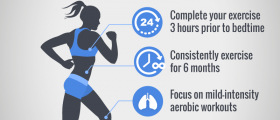
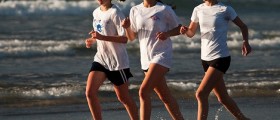


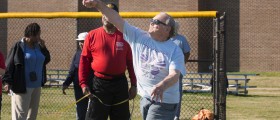

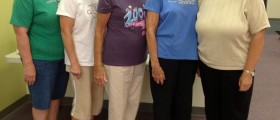
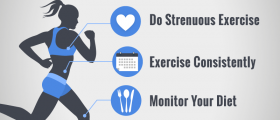
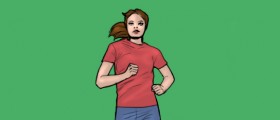

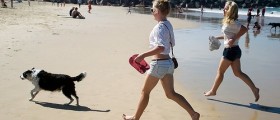
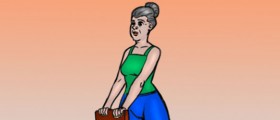
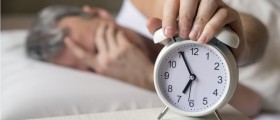



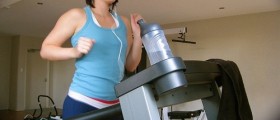





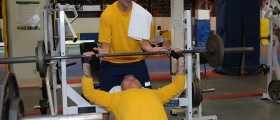
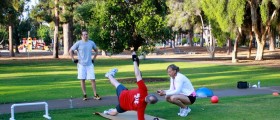
Your thoughts on this
Loading...